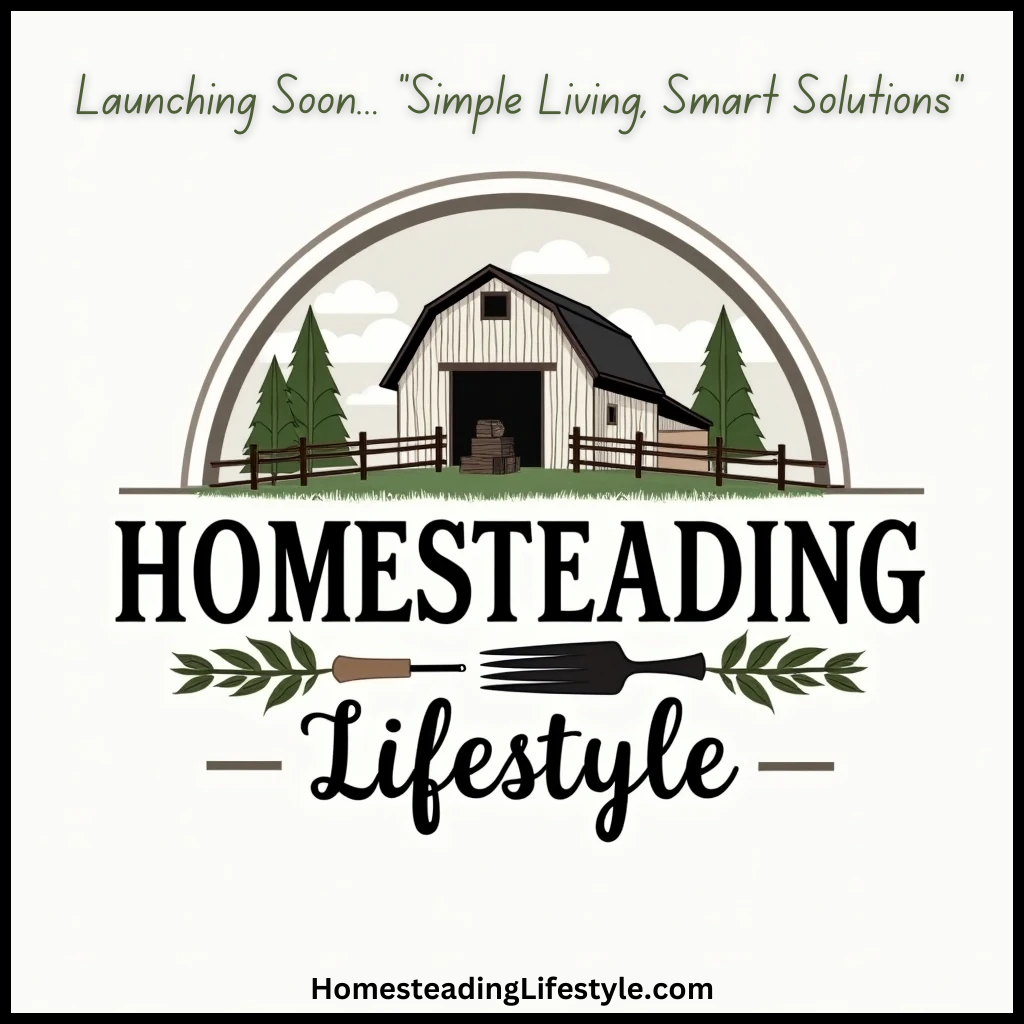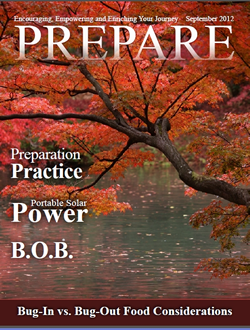Table of Contents
- 1. Prioritize Soil Health and Preparation
- 2. Choose the Right Plants for Your Climate
- 3. Implement Companion Planting Strategies
- 4. Practice Efficient Water Management
- 5. Use Season Extension Techniques
- 6. Incorporate Natural Pest Control
- 7. Use Organic Fertilizers and Amendments
- 8. Plan and Rotate Crops Effectively
- 9. Save Your Seeds for Future Seasons
- 10. Keep Detailed Gardening Records
1. Prioritize Soil Health and Preparation
Understanding Your Soil Composition
A thriving homestead garden starts with healthy soil. In 2025, increasingly sustainable practices emphasize knowing your soil’s composition. Conducting simple soil tests will reveal pH levels and nutrient content. For example, if your soil leans too acidic or alkaline, specific amendments can rebalance it, promoting optimal plant growth. Regular testing ensures you catch deficiencies early and adjust accordingly.
Healthy soil is teeming with microorganisms that naturally enrich your plants. Compacted or poor-quality soil hampers root development and reduces yields. Enhancing soil health through organic matter increases microbial activity, which helps in nutrient uptake and improves water retention. This creates a resilient environment less prone to pests and diseases.
In 2025, incorporating cover crops like clover or vetch is popular for improving soil structure naturally. These plants fix nitrogen and add organic matter when tilled into the soil, reducing the need for synthetic fertilizers. Proper soil preparation laid the foundation for a productive homestead garden.
Practical Soil Amendments
Adding compost is perhaps the best way to enrich your soil. Compost provides essential nutrients and enhances soil structure. Use homemade compost or buy high-quality organic compost to boost garden productivity. Mulching with straw or wood chips also conserves moisture and suppresses weeds, further supporting soil health.
Incorporating organic fertilizers like seaweed extract or fish emulsion can give plants a nutrient boost during the growing season. These options are safe, sustainable, and align with the growing trend of eco-friendly homesteads in 2025.
Remember, healthy soil means higher yields and better taste. Making soil health the first step in your homestead gardening tips ensures your entire garden thrives throughout the season.
2. Choose the Right Plants for Your Climate
Understanding Your USDA Hardiness Zone
In 2025, selecting plants suited to your local climate is crucial for a successful homestead garden. The USDA Hardiness Zone map is an excellent tool to determine which crops will thrive in your area. For example, if you’re in zone 7, temperatura-tolerant plants like tomatoes, peppers, and beans work well. Knowing your zone helps you plan for the best planting times and reduces losses due to unexpected weather.
Beyond climate zones, consider microclimates within your property. A sheltered south-facing garden might support more tender plants, while shaded areas are better for cool-season greens. Tailoring your plant choices to these specifics ensures optimal growth and productivity in 2025.
Researching varieties that are bred to withstand local pests and diseases also boosts success rates. Fortunately, many seed companies now offer climate-specific selections, aligning well with the ongoing trends of sustainable and resilient homestead gardening in 2025.
Selecting Resistant and Adapted Varieties
Choosing disease-resistant plants reduces the need for chemical interventions and supports organic gardening practices. For instance, opting for blight-resistant tomatoes or mildew-resistant cucumbers can significantly boost harvests. Look for seed labels indicating disease resistance or consult local gardening groups for recommendations suitable for your region.
Additionally, heirloom varieties adapted to your environment can add flavor, diversity, and resilience to your garden. Their genetic diversity often makes them better equipped to handle local pests and conditions, which is increasingly important as climate patterns continue to shift in 2025.
By picking the right plants for your climate, your homestead gardening tips can lead to a more sustainable, fruitful 2025 season.
3. Implement Companion Planting Strategies
The Benefits of Companion Planting
In 2025, companion planting remains one of the most effective natural methods to improve your garden’s health and yields. By pairing certain plants together, you can repel pests, enhance growth, and maximize space. For example, marigolds deter nematodes and aphids, benefiting nearby plants like tomatoes and peppers.
Companion planting also improves pollination. Plants such as basil and tomatoes grow well together because basil attracts pollinators that help tomato fruits develop. Implementing these strategies can substantially increase your harvests with minimal added effort.
Using companion planting as part of homestead gardening tips promotes a balanced ecosystem, reducing the need for chemical pest controls and fostering biodiversity.
Common Companion Plant Combinations
Some time-tested pairings include:
- Basil and tomatoes
- Cabbage and dill
- Carrots and onions
- Green beans and corn
These combinations are supported by research indicating improved plant health and productivity. Experimenting with different pairings suited to your garden space can lead to a naturally thriving garden in 2025.
Documenting your successful combinations helps refine your approach over time, turning this into one of your most valuable homestead gardening tips for the future.
4. Practice Efficient Water Management
Harvesting and Conserving Water
Water conservation is increasingly vital for homesteads in 2025, especially with changing climate patterns leading to irregular rainfall. Installing rain barrels and drip irrigation systems helps you collect and use water efficiently. Drip lines deliver water directly to plant roots, reducing waste and evaporation.
Mulching around plants retains soil moisture and moderates temperature fluctuations. Materials like straw, shredded leaves, or wood chips act as natural insulators, crucial during hot or dry spells. These practices promote healthier plants and reduce your water bills.
Incorporating these water management techniques aligns perfectly with sustainable homestead gardening tips, ensuring your garden remains productive even during dry seasons.
Water Scheduling and Monitoring
Use moisture meters or simple finger tests to determine when plants need watering. Overwatering can cause root rot and other issues, so precise scheduling is essential. During peak summer months in 2025, watering early in the morning or late in the evening minimizes evaporation.
Automating irrigation with timers simplifies water management, especially if you have a busy schedule. Keep records of rainfall and watering times to develop an efficient schedule tailored to your plants’ needs. This strategic approach enhances growth, health, and yield.
Effective water management remains one of the foundational homestead gardening tips that make a measurable difference in your harvest success in 2025.
5. Use Season Extension Techniques
Protecting Plants in Cold or Hot Seasons
Season extension methods allow you to grow fresh produce for longer periods, even in challenging weather conditions in 2025. Cold frames, hoop houses, and row covers create microclimates that shield plants from frost or excessive heat. For instance, adding a hoop house can extend your growing season by 4-6 weeks, boosting your harvests.
Gardening with season extenders also helps you take advantage of early spring and late fall planting windows. This is especially beneficial for climate zones with short growing seasons or unpredictable weather patterns.
Choosing the right season extension tools and techniques is a smart addition to your homestead gardening tips, increasing your productivity and self-sufficiency in 2025.
Building and Maintaining Season Extenders
Constructing simple cold frames using recycled windows or plastic is budget-friendly and effective. Make sure they are positioned to maximize sunlight exposure and include ventilation options to prevent overheating.
Regular maintenance, such as clearing debris and checking for leaks, ensures your season extenders work optimally. Using environmentally friendly insulating materials enhances sustainability. In 2025, innovative DIY solutions and new materials make season extension more accessible.
Implementing these techniques can dramatically improve your gardenâs resilience and productivity, solidifying this as an essential homestead gardening tip for the upcoming year.
6. Incorporate Natural Pest Control
Identifying Pests and Using Organic Methods
Effective pest management without chemicals is a cornerstone of sustainable homestead gardening in 2025. Regular monitoring helps in early pest detection, reducing damage and the spread of disease. Use organic methods like introducing beneficial insectsâladybugs and lacewingsâto naturally control aphids and other pests.
Companion planting also plays a role; for example, nasturtiums repel aphids and attract beneficial insects. Spraying homemade insecticidal soaps or neem oil can also deter pests without harming beneficial bugs.
Prioritizing natural pest control aligns with growing consumer demand for organic produce and the trend towards eco-friendly gardening practices in 2025.
Creating a Pest-Resistant Garden Environment
Crop rotation and diversity reduce pest buildup year after year. Planting resistant varieties and managing weeds also limits hiding spots for pests. Mulching and maintaining optimal plant health foster resilience, making your garden less attractive to pests.
Educate yourself on pest life cycles to time interventions effectively. Keeping garden records helps identify patterns and plan preventive measures proactively. With consistent effort, you’ll minimize pest issues and keep your homestead garden healthy and productive in 2025.
7. Use Organic Fertilizers and Amendments
Choosing the Right Fertilizers
In 2025, the emphasis on organic fertilizers continues to grow due to their safety, sustainability, and ability to improve soil health long-term. Seaweed extracts, fish emulsion, compost teas, and aged manure are popular options for boosting nutrient levels naturally.
Matching fertilizer type to the specific needs of your plants ensures maximum effectiveness. For example, leafy greens benefit from nitrogen-rich amendments, while fruiting plants require phosphorus and potassium for fruit development.
Using organic fertilizers as part of homestead gardening tips leads to healthier soil and tastier, more nutritious produce.
Applying Fertilizers for Best Results
Apply liquid fertilizers during active growth stages for quick nutrient uptake. Composting and mulching also supply a slow, steady source of nutrients. Remember to follow recommended application ratesâover-fertilizing can harm plants and the environment.
Incorporate fertilizers into your annual maintenance schedule, testing soil periodically to avoid deficiencies or excesses. This mindful approach, combined with organic matter building, creates a thriving garden in 2025.
8. Plan and Rotate Crops Effectively
Why Crop Rotation Matters
Crop rotation is a fundamental homestead gardening tip to prevent soil depletion and reduce pest and disease buildup. In 2025, sustainable practices recommend rotating crops based on plant families and nutrients consumed or added.
For example, following legumes that fix nitrogen with heavy feeders like tomatoes ensures soil nutrients remain balanced. A planned rotation decreases the need for synthetic fertilizers and minimizes pest problems naturally.
Maintaining a crop rotation schedule helps in sustaining soil vitality for years to come, ensuring long-term productivity of your homestead garden.
Implementing a Rotation Schedule
Create a simple planting calendar that repeats every 3-4 years, adjusting for new crops and seasons. Keep records to track what was planted where and observe what works best. Companion planting and rotation together amplify their benefits, creating a more resilient garden.
Sticking to a rotation plan reduces soil-borne diseases and pests, saving you time, effort, and resources. Itâs a cornerstone of effective homestead gardening tips for a productive 2025 garden.
9. Save Your Seeds for Future Seasons
Advantages of Seed Saving
Seed saving is an empowering practice that increases independence and reduces costs. In 2025, more gardeners are turning to heirloom varieties that adapt better to local conditions, ensuring genetic diversity and resilience.
Saving seeds also allows you to select the best-performing plants, improving your gardenâs overall health over time. Itâs a sustainable approach aligning with the trend toward self-sufficient homesteads.
Proper seed saving techniques preserve seed viability and prevent cross-pollination issues, crucial for maintaining seed quality year after year.
How to Save Seeds Correctly
Learn the specific methods for each plant typeâlettuce seeds require drying before storage, while beans need minimal processing. Store seeds in cool, dark, airtight containers to maximize longevity.
Label everything clearly with the plant name and harvest date. Testing germination rates periodically helps confirm seed viability for planting seasons in 2025.
By integrating seed saving into your homestead gardening tips, you’ll enhance your gardenâs resilience and sustainability long-term.
10. Keep Detailed Gardening Records
Why Record-Keeping Is Essential
Cultivating a successful homestead garden in 2025 requires understanding what works and what doesnât. Keeping detailed records of planting dates, weather conditions, pest occurrences, and yields helps refine your techniques over time.
Using garden journals or digital spreadsheets makes tracking data easy. Over multiple seasons, you’ll identify patterns, optimize planting schedules, and improve your overall homestead gardening tips.
Accurate records help you plan better for unpredictable weather and climate shifts, ensuring consistent productivity and health of your garden.
Tools and Tips for Effective Record-Keeping
Invest in a simple notebook or use smartphone apps designed for gardening. Note soil conditions, fertilizer application, pest control measures, and harvest outcomes. Photos add visual context, enriching your data.
Review your records at the start of each season to prepare for upcoming planting and pest prevention strategies. This habit fosters continuous improvement, making your homestead gardening a rewarding, sustainable pursuit in 2025 and beyond.
Frequently Asked Questions
1. What are the best homestead gardening tips for beginners in 2025?
Focus on soil health, start small, choose climate-appropriate plants, and keep detailed records. Implement natural pest controls and water efficiently to ensure steady progress.
2. How can I improve my soil naturally for homestead gardening?
Regularly add compost, practice crop rotation, grow cover crops, and avoid chemical fertilizers. These practices boost soil fertility sustainably.
3. What are the top homestead gardening tips for maximizing yield in 2025?
Use season extenders, select resistant varieties, practice companion planting and crop rotation, and keep soil and water management a priority.
4. How important is seed saving in sustainable homestead gardening?
Seed saving reduces costs, increases independence, and helps maintain biodiversity. Itâs a key tip for building resilient, productive gardens in 2025.
5. How do I protect my garden from pests organically?
Implement companion planting, attract beneficial insects, and use natural sprays like neem oil or insecticidal soap. Regular monitoring is also essential.
Conclusion
Embracing these 10 effective homestead gardening tips can significantly boost your results in 2025. From soil preparation and plant selection to pest control and record-keeping, each step builds upon the next. By focusing on sustainable and organic practices, you ensure a resilient, productive, and environmentally friendly garden. Remember, success in homestead gardening starts with good planning and consistent effort. Implementing these expert strategies will lead to a bountiful harvest and a thriving homestead in the year ahead. Stay committed, keep learning, and enjoy the rewarding process of growing your own food in




